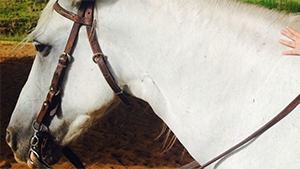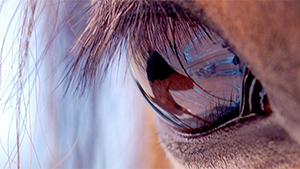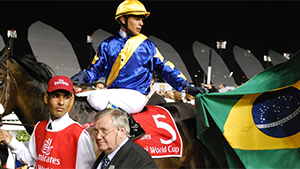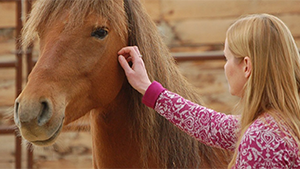Attila and the Power of the Horse
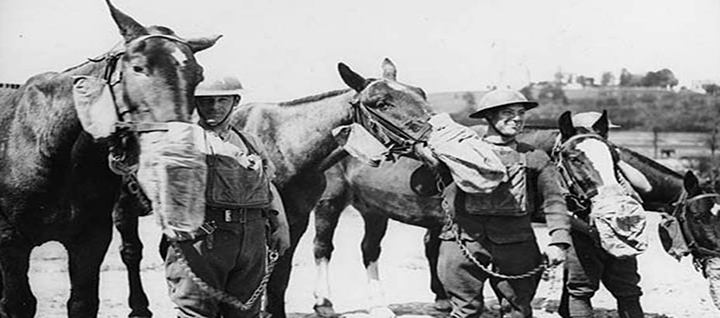
Attila, king of the Huns, would have been nothing without the engine of his time: the horse. His cavalry numbered three thousand riders. Large equestrian processions moved between Alexandria and about seventy conquered cities. This intense movement was designed to ensure logistical needs.
In the Middle Ages, equestrian sports were reserved for feudal lords, who on horseback carried out medieval entertainments such as:
- Equestrian tournaments – mounted contests whose goal was to unseat the opposing rider.
- Archery – using bow and arrow to hit a target, often the opponent himself, requiring the rider’s great balance, arm and leg strength.
- Incursions – reenactments of memorable battles.
- Carousels – choreographed movements with a large number of horsemen. Today, the Regimento 9 de Julho in São Paulo performs Mounted Carousels of exceptional beauty and organization, even accompanied by the Military Police Band of the State of São Paulo. In these exercises, the rider’s skill matters more than the degree of training of the mount.
Attila, the most feared cavalry commander of the barbarian age, was known in history as “the scourge of God.” His favorite saying was: “The grass never grows again beneath my horses’ hooves.”
Legend has it that Attila lived on horseback, even making his wife bring him food so he could eat without dismounting.
In battle, he commanded no fewer than 300 cavalry units arranged in triple formation: the center led by him, and two flanks that advanced swiftly to execute a double envelopment.
When he died, his funeral became the most spectacular mounted carousel of all time. While his body lay in a tent, to the sound of trumpets and funeral chants, a massive force of nearly 100,000 horsemen gave a breathtaking display, circling and performing maneuvers on horseback.
Article written by Deolir Dall’Onder for Revista Acontece Sul, Year XIV, No. 149.

